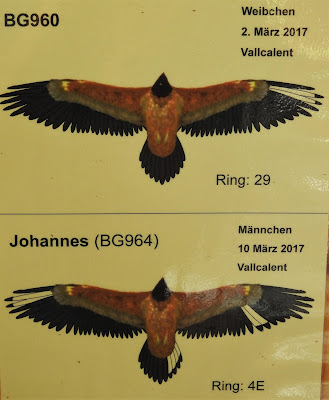We were pleasantly surprised to find evidence for some local Chelsea support.
We arrived in Baku without tickets, but Mick showed off his trading skills by acquiring a couple outside the ground just before kick-off for 10 euros each - and I settled in with the Karabag fans.
Unfortunately, for the sake of atmosphere, Karabag defender and captain Rashad Sadygov was sent off at 19 minutes for a rash challenge on Willian advancing on goal. Eden Hazard put away the penalty to open the scoring for Chelsea. Karabag battled on with 10 men, but had to settle for a 'respectable' 0-4 defeat.
The Romantic in me would like to have visited Baku when camels took rest under the city walls, where now tarmac car parks mark the spot.
Within, the magnificent mausoleums of the Turbe...
...and the layered geometry of the octagonal Divankhana.
Persian style architecture can be seen throughout the old town...
..and provided the inspiration for the main train station built under Soviet rule.
During World War II, 80% of Soviet oil came from Baku. General Hazi Aslanov, an Azeri tank commander, was one of its defenders. He died of wounds in last year of war. He has a village in the north named after him.
Beyond this monument is martyrs row, where portraits of those killed during the independence fights of the early 90s can be seen - faces frozen at the age of death.
Other monuments to this era have been erected by roadsides.
Refreshingly, the statue in the main square outside the central station is of a writer not a fighter. Even though his work fell under communist propaganda, Jafar Jabbarly had a wonderful name and translated Hamlet into Azeri. The square is named after him, as well as a tube station.
But it is the three 182m Flame Towers on the hill top, completed in 2012, which dominate the city and loom over the old Persian and Imperial Russian buildings. Monuments to oil money.
The Flame Towers are covered in LED screens. When the sun sets, they alight with the Azerbaijan flag - out-competing the more subdued lighting of the Shah's mosque and minaret.
In the east of Baku, the Heydar Aliyev Centre - appropriately designed by Iraqi-British architect Zaha Hadid. Heydar Aliyev was the first secretary of Soviet Azerbaijan from 1969 to 1982, and president of the Azerbaijan Republic from 1993 to 2003. A big cheese.
And it is these curves which young loves chose as the backdrop to their future.All this Ozymandian observation makes a man hungry. The Persian influence here has filled the market with pomegranates.
A good place to eat a pomegranate dish is the Sirvansah Musey Restaurant.
Azerbaijan has many local varieties of wine grapes, but we were recommended a good Merlot - made in the Savalan Valley in the Caucasus, but using 'modern Italian technology`.
Time to leave. Mick takes a last glance back at a grandmother who has lived through many changes, and a grandson who will see many more.






































































